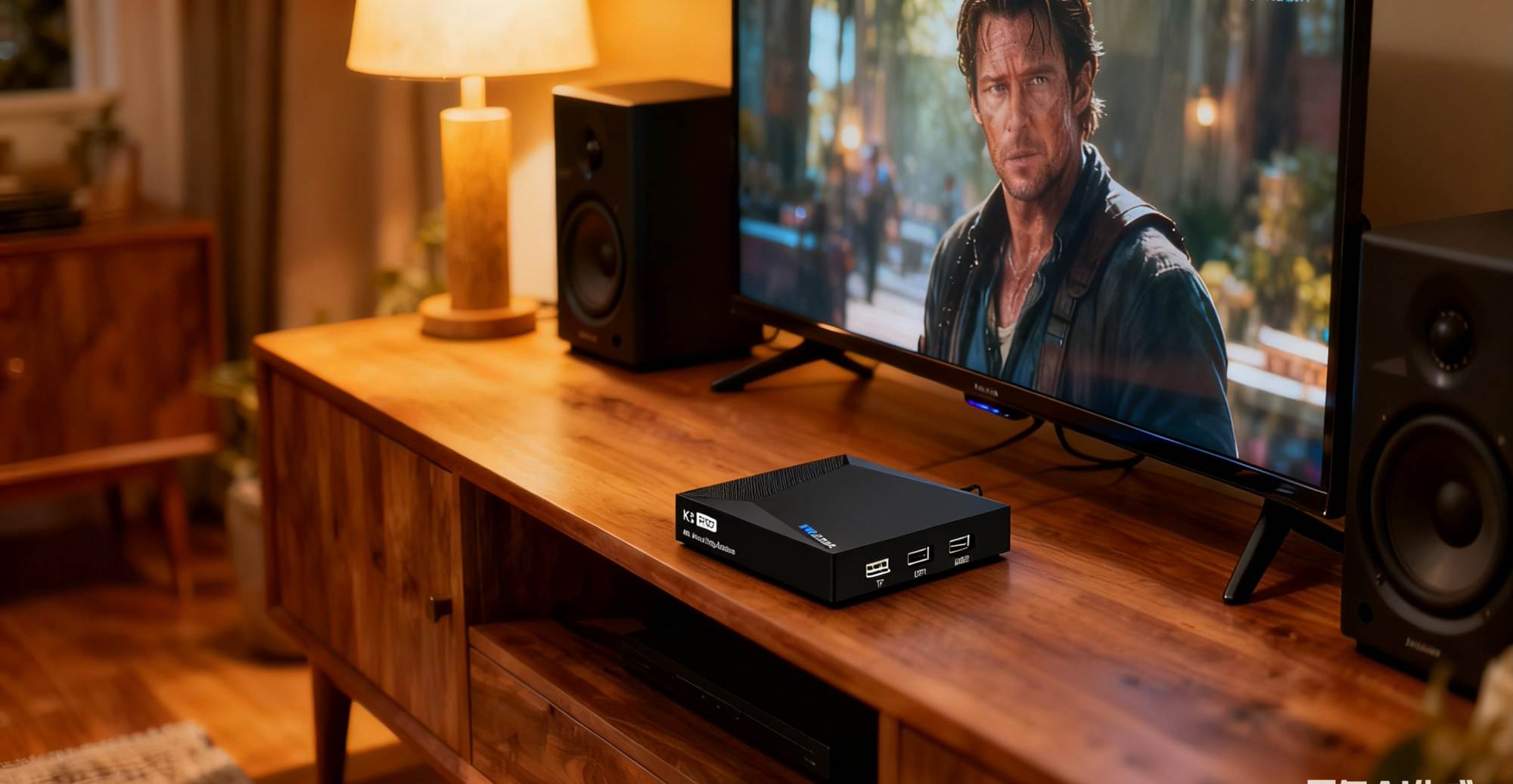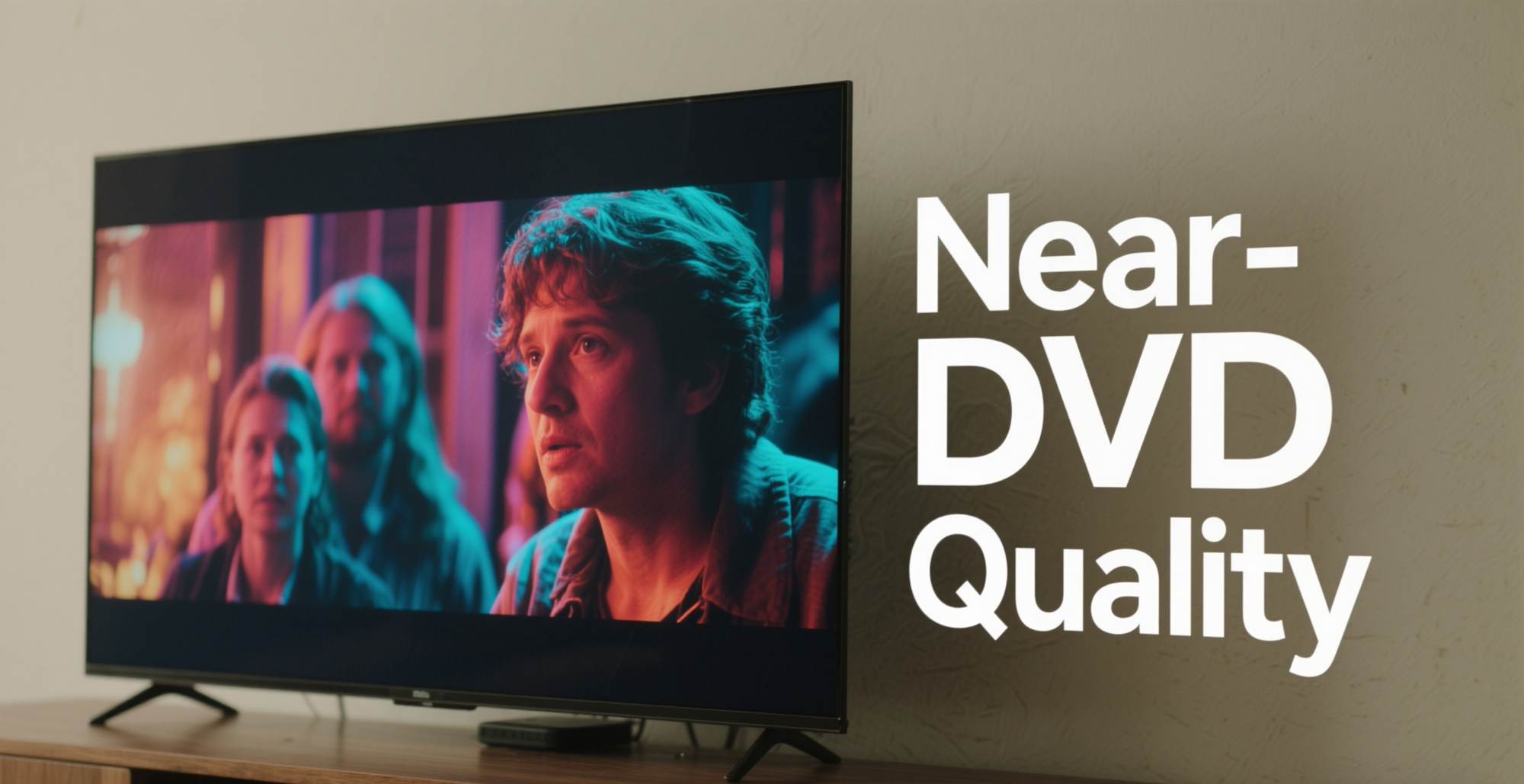content
1. Definition of IPTV
1.1 Differences between Analog TV, Digital TV, OTT, and IPTV
1.2 Definition and Characteristics of IPTV
1.2.1 The core features of IPTV
2. IPTV Business Operation Model
3 IPTV Network Architecture
3.1 IPTV System Deployment Architecture
3.2 Detailed Explanation of EPG System
3.3 Terminal Management Platform
3.4 IPTV Network Architecture
3.5 IPTV Service Process
3.6 Broadband Requirements
summary
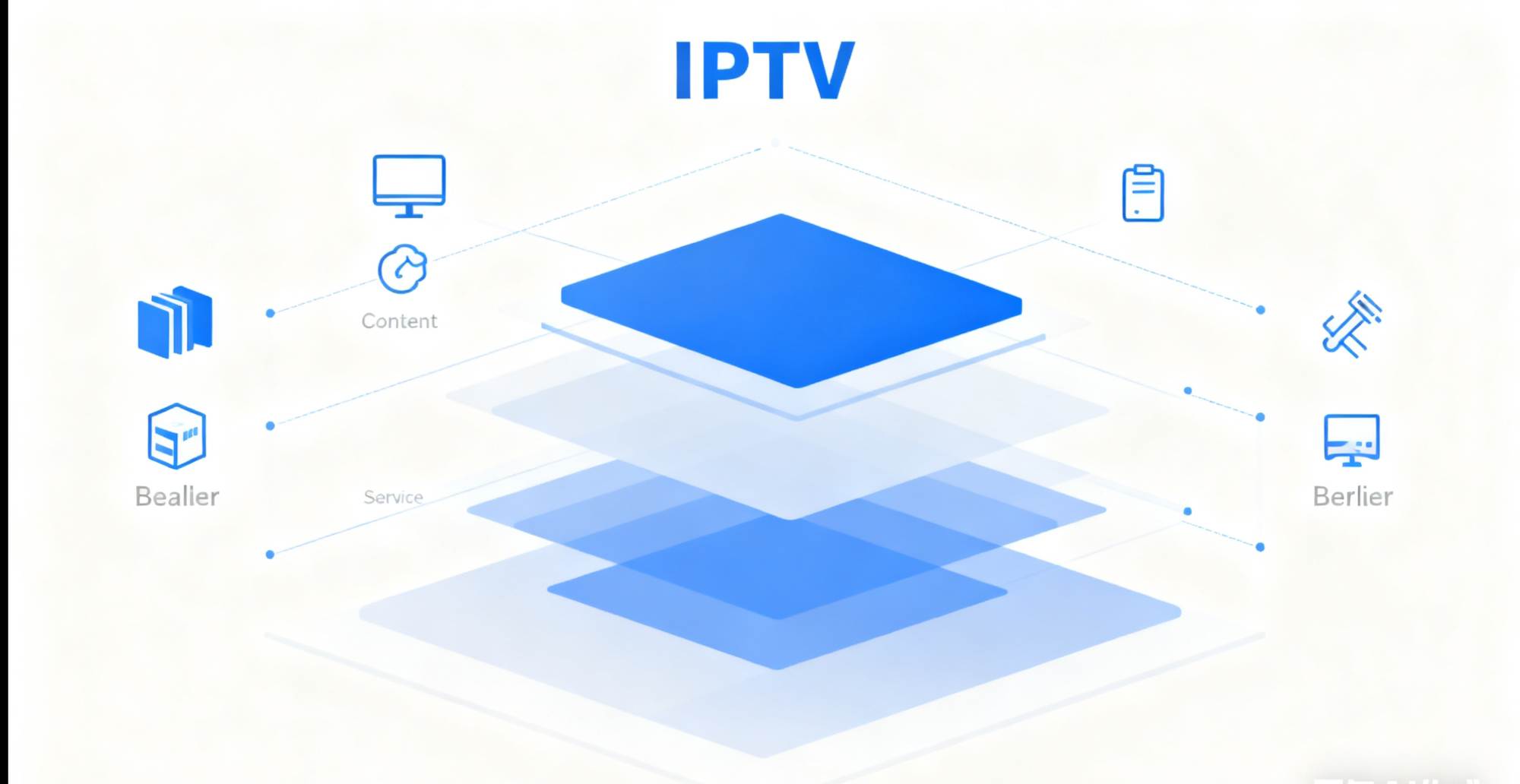
1. Definition of IPTV
IPTV, or Internet Protocol Television, is a digital media service delivery method based on the Internet protocol. Through this technology, users can enjoy diverse digital media content, including television programs.
1.1 Differences between Analog TV, Digital TV, OTT, and IPTV
Analog TV: Receives analog satellite signals and broadcasts them to the user's television set. Users select programs by choosing different frequencies.
Digital TV: Receives signals from satellite, processes them through video compression and digitization, then modulates them with QAM before broadcasting them to the user's terminal via the network. Its main difference from analog TV lies in the digitization of the transmitted content.
IPTV: After receiving the satellite signal, the video is compressed, streamed to IP, and then transmitted to the user's home via an IP network. This fully utilizes the reachability and high-efficiency transmission characteristics of the IP network.
OTT TV, or video service based on the open Internet, emphasizes the independence of the service from the physical network, focusing on providing services such as video programs through the network.
The main difference between IPTV and OTT TV lies in the different transmission methods and network utilization.
● In terms of transmission methods, IPTV has its own independent network, while OTT TV is transmitted over a broadband network.
● Regarding service quality, IPTV provides QoS guarantees to ensure transmission quality, while OTT TV does not.
● In terms of program sources, IPTV is provided by local broadcasting departments, allowing users to enjoy live TV services, while OTT TV does not have this function.
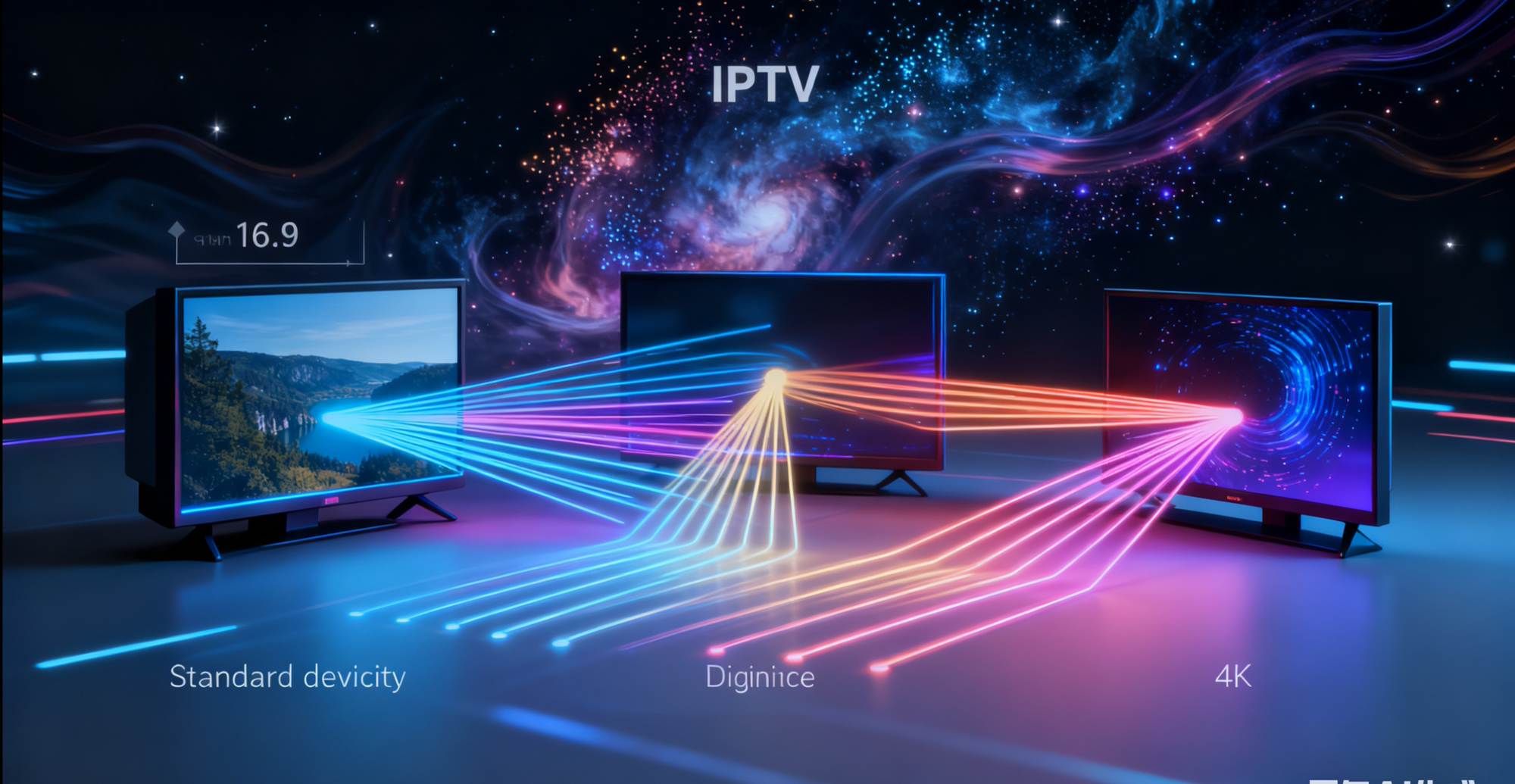
1.2 Definition and Characteristics of IPTV
IPTV is a form of television transmission relying on telecommunications broadband networks. It possesses the traditional playback functions of television programs, incorporating innovative features such as interactivity and on-demand, bringing users a brand-new audio-visual experience. It exhibits unique advantages in transmission methods, service quality, and program sources.
All IPTV systems use IP networks for video transmission. Although both IPTV and internet video rely on IP networks, their transmission methods differ. IPTV services are typically delivered through dedicated networks.
Therefore, from the user's perspective, IPTV set-top boxes like the We2usatza IPTV set-top box are essential. It converts the received IPTV signal into a standard video signal for display on the home television set.

1.2.1 The core features of IPTV
Continuous resource supply: IPTV aggregates professionally produced content, such as signals from television broadcasting networks and live sports broadcasts.
Abundant channel selection: Provides hundreds or even thousands of uninterrupted, continuously broadcast television channels.
Unified content presentation: All channels share the same compression technology and bitrate, ensuring a consistent viewing experience.
Dedicated network transmission guarantee: Content is transmitted through a dedicated network, ensuring smooth viewing and security.
Convenient home viewing experience: Users can easily enjoy IPTV content on their home television using only a set-top box.

2. IPTV Business Operation Model
IPTV business operation involves multiple stages. First, IPTV content operators play a crucial role, responsible for content integration and operation, providing content including their own and joint content with other content providers (CPs). Network operators, on the other hand, focus on content delivery, ensuring smooth and efficient transmission of video services to users. Through this cooperative operation model, the two operators share revenue and achieve profitability. Therefore, IPTV is essentially a model of the convergence of telecommunications networks, broadcast television networks, and the Internet.
3 IPTV Network Architecture
3.1 IPTV System Deployment Architecture
The IPTV system deployment architecture is the key infrastructure supporting IPTV service operation. It covers all aspects from content integration and operation to content delivery, and can be broadly divided into four layers: content layer, service layer, bearer layer, and access layer.
The content layer covers key aspects such as content organization, content production, content integration, content billing, and DRM encryption.
The service layer is mainly responsible for implementing service functions such as live streaming, video-on-demand, replay, and time-shifting, while also managing content distribution, value-added service platforms, operational support, and business operations. The bearer layer refers to the network operator's access network, forming the basic network architecture of the IPTV system. The access layer refers to the user-end access equipment, such as set-top boxes (STBs), which are responsible for presenting IPTV services to end users.
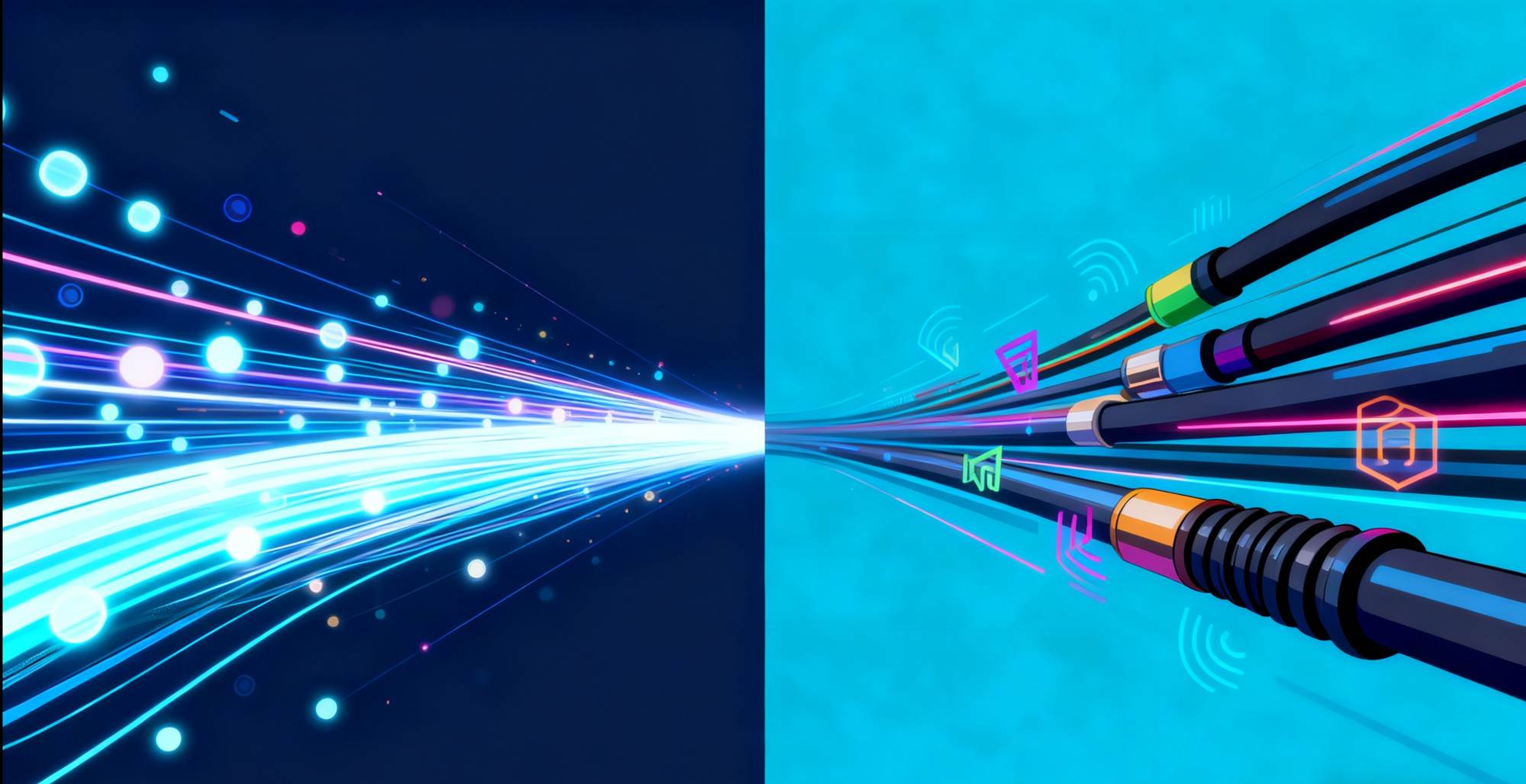
3.2 Detailed Explanation of EPG System
EPG, or Electronic Program Guide, is an indispensable part of IPTV services. Its system architecture mainly includes multiple modules such as program information acquisition, processing, and display. The close collaboration of these modules enables users to easily browse and query program information, providing crucial support for the user experience of IPTV services.
3.3 Terminal Management Platform
In the EPG system architecture, the terminal management platform plays a vital role. It is responsible for managing, monitoring, and scheduling various terminal devices, ensuring smooth interaction between these devices and the EPG system. Through the terminal management platform, users can easily remotely control terminal devices, further enhancing the IPTV user experience. However, some substandard products inevitably enter the market. These products have corrupted internal programs and cannot enjoy official after-sales service; caution is advised when purchasing them.
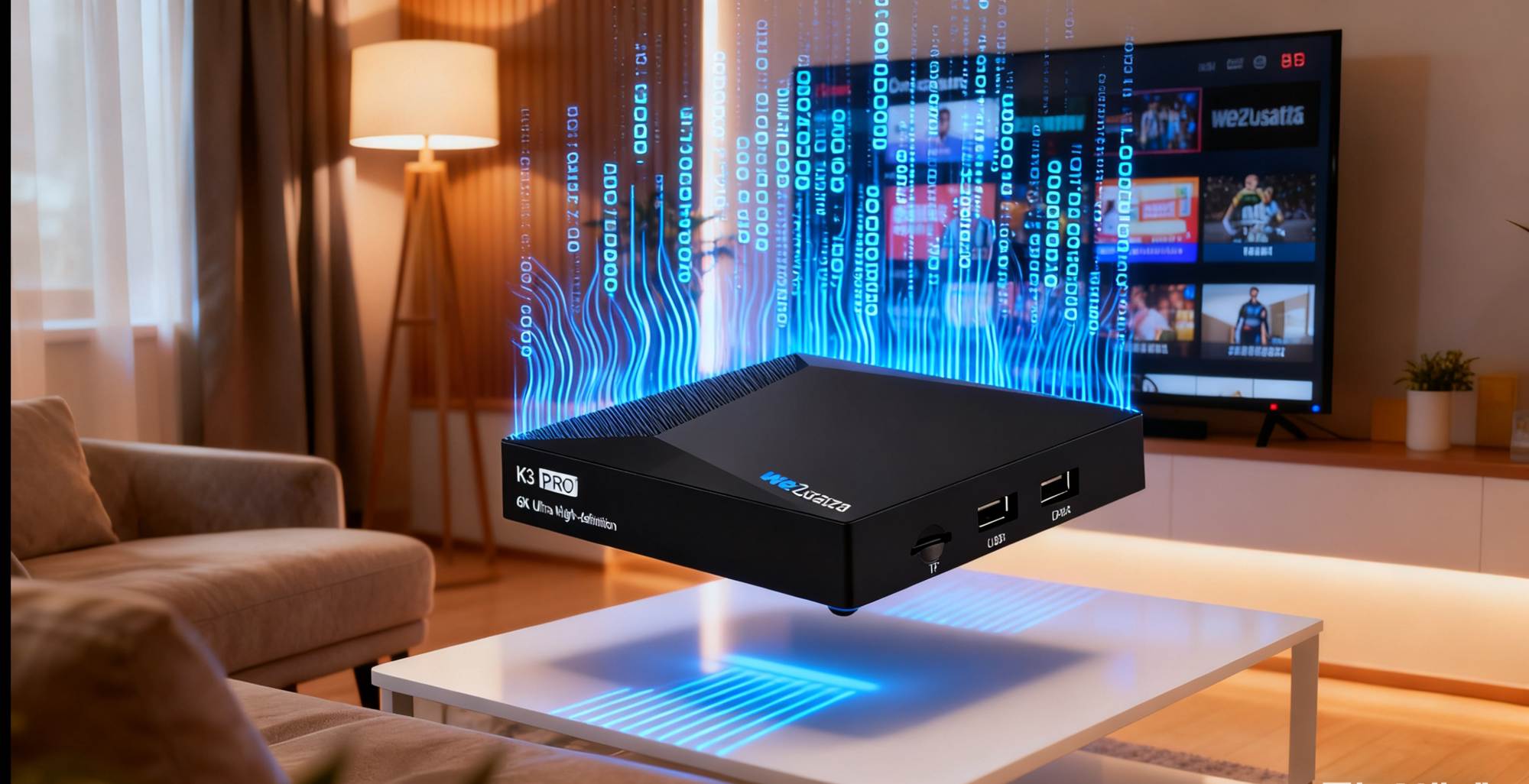
3.4 IPTV Network Architecture
Headend System: Responsible for processing and encapsulating video streams, as well as interacting with content providers.
Access Network: The main channel carrying video streams from the headend to the user end, typically using a high-speed IP network.
User End Equipment: Such as IPTV set-top boxes, responsible for receiving, decoding, and presenting video streams.
This architecture enables IPTV to efficiently transmit high-quality video content while providing rich interactive features.
3.5 IPTV Service Process
In the IPTV network architecture, the user access process is a crucial link. It involves how users interact with the system to provide smooth and stable video services, ensuring a satisfactory viewing experience for every user.
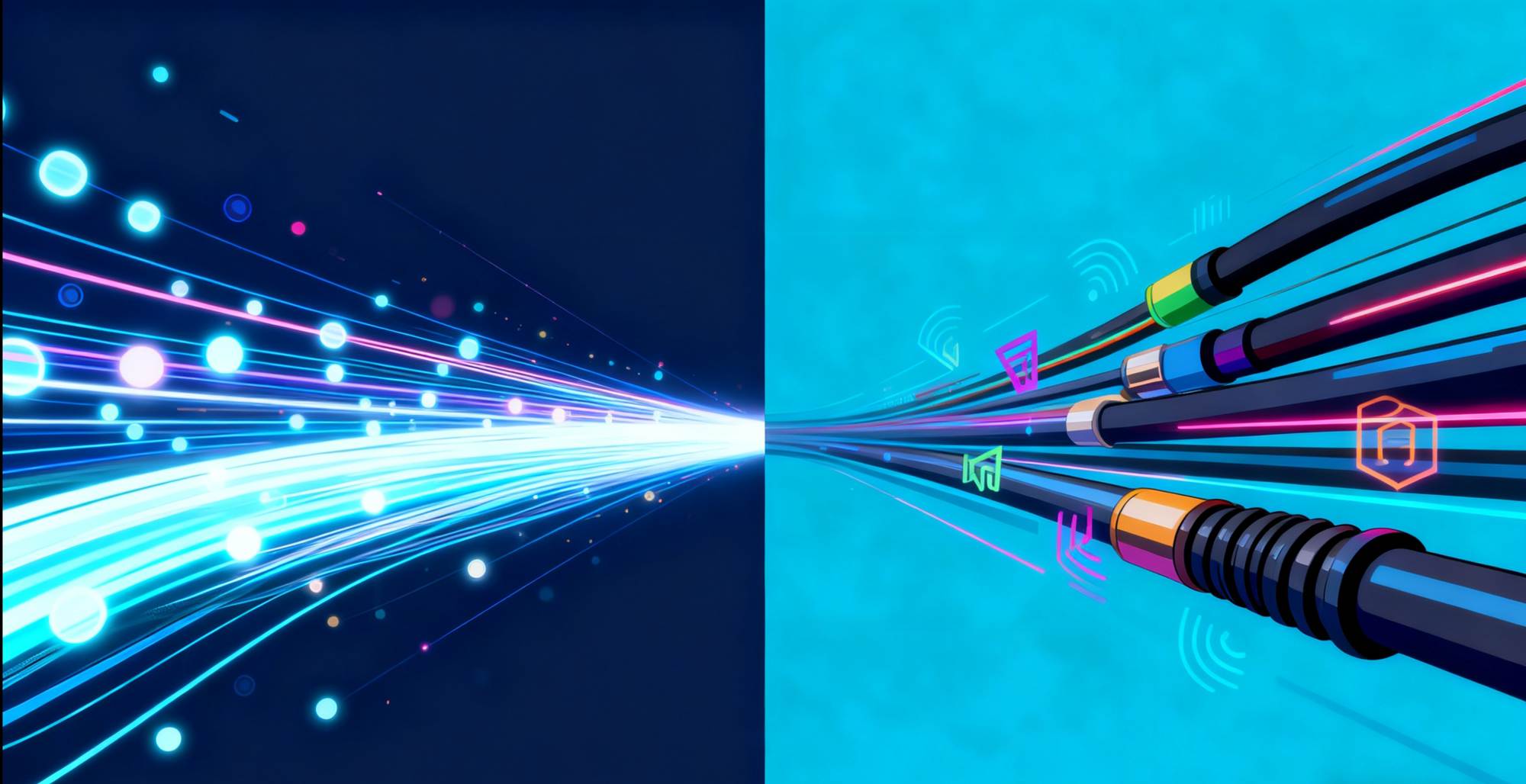
3.6 Broadband Requirements
Streaming media services in IPTV have relatively high bandwidth requirements. Specifically, different types of programs and programs using different encoding methods will have different bandwidth requirements.
Standard definition (SD) programs typically have a resolution of 720×480. Common SD program encoding methods include MPEG-2 and H.264, which require approximately 3.75 Mbps and 2 Mbps of bandwidth, respectively.
High definition (HD) programs are divided into 720P and 1080i standards. 720P HD programs have a resolution of 1280×720, while 1080i HD programs have a resolution of 1920×1080. If MPEG-2 encoding is used, high-definition programs require 12 Mbps bandwidth; if H.264 encoding is used, the required bandwidth is 8 Mbps.
As for 4K ultra-high-definition IPTV, its physical resolution is as high as 3840×2160, and it typically uses H.265 encoding technology. This ultra-high-definition program also has a correspondingly higher bandwidth requirement, approximately 27 Mbps.

summary
the key technologies involved in IPTV set-top boxes include video decoding and playback, streaming transmission, image and graphics display, middleware technology, and embedded application systems. With excellent hardware architecture, it can handle large amounts of data and signals. Compared to other devices, IPTV set-top boxes are more worthwhile to purchase after cutting the cables.




